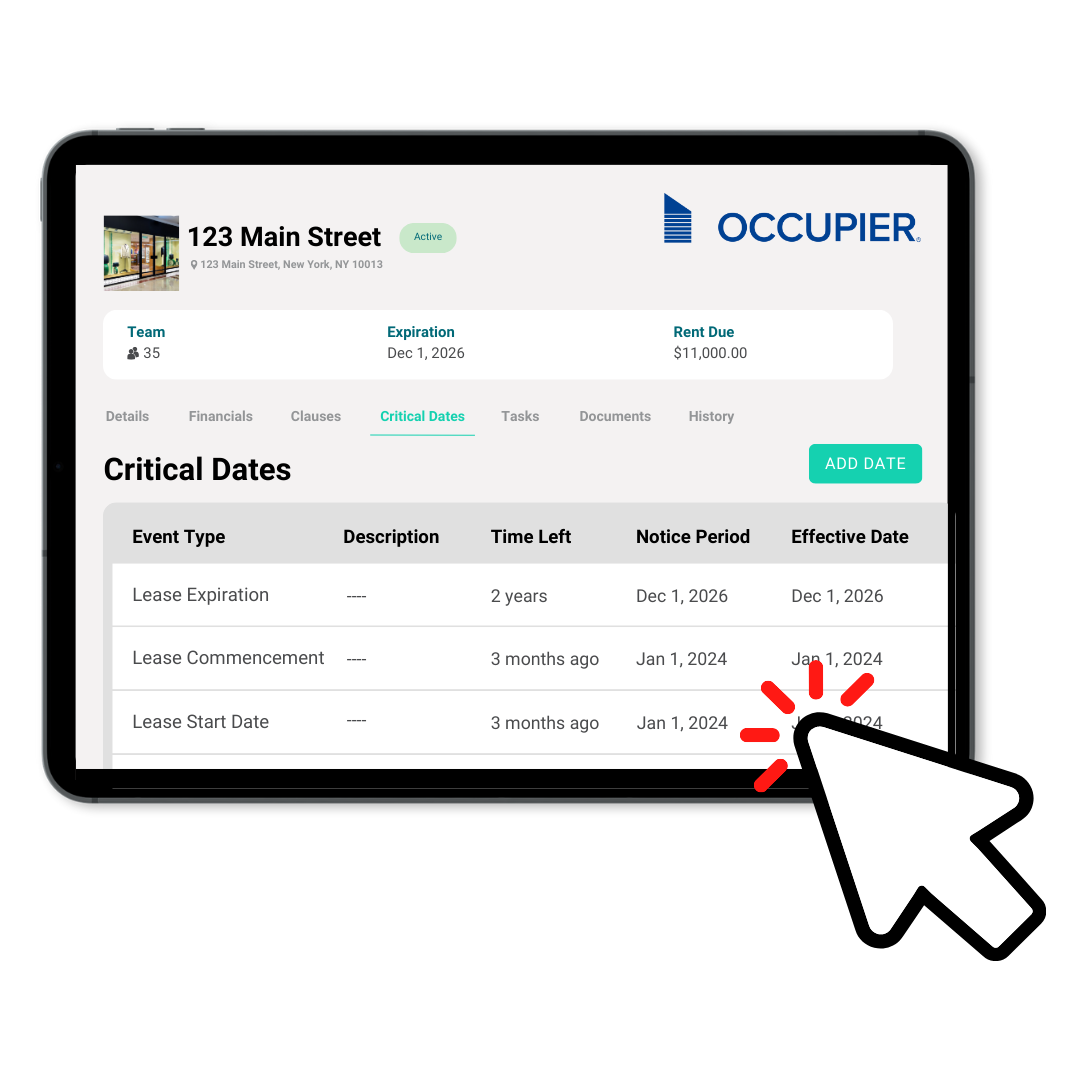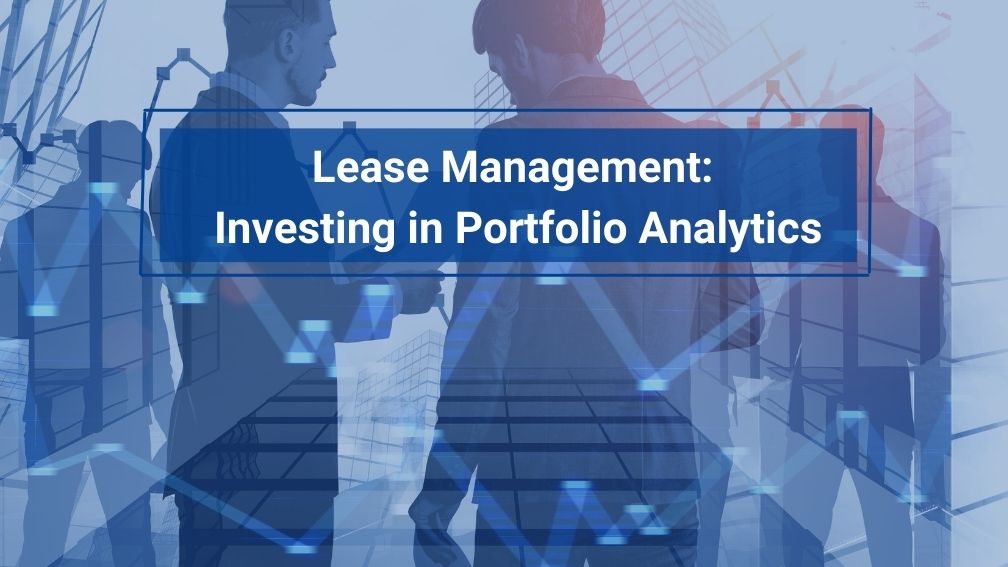Lease Management: Investing in Portfolio Analytics
Last Updated on July 25, 2024 by Morgan Beard
As portfolios grow and regulations become more complex, the need for efficient, user-friendly solutions has never been greater. Investing in your portfolio analytics offers a powerful approach to streamline lease management and accounting processes. By leveraging advanced data analysis tools, organizations can transform their lease management strategies, uncovering insights that drive optimization and efficiency across their real estate holdings.
Why Invest in Portfolio Analytics for Lease Management?
Lease portfolios can be complex, with multiple leases, varying lease terms, and different rental rates. Without the right tools, it can be challenging to analyze and optimize lease performance. This is where portfolio analytics come in. By leveraging advanced data analytics techniques, you can gain valuable insights into your lease portfolio, enhance decision-making, and drive efficiency in managing leases.
According to the 2024 Commercial Real Estate Outlook from Deloitte, “we advise leaders on how they may be able to establish more efficient, sustainable business through proactive property portfolio structuring and risk mitigation.” So, how does investing in portfolio analytics for lease management benefit your real estate strategy? Let’s explore the key advantages:
#1. Data-Driven Insights
Portfolio analytics empowers you to make informed decisions based on data-driven insights. By analyzing historical lease data and performance metrics, you can identify trends, patterns, and opportunities for improvement. For example, you can analyze the occupancy rates, rental rates, and lease terms to identify leases that are underperforming or due for renegotiation. With portfolio analytics, you can make strategic decisions that optimize lease performance and maximize revenue.
#2. Cost Reduction and Savings
Managing lease portfolios involves various costs, including rental expenses, maintenance costs, and operational expenses. Portfolio analytics can help you identify cost-saving opportunities and reduce unnecessary expenses. By analyzing lease data, you can identify areas where costs can be trimmed, renegotiate lease terms, or negotiate better lease agreements for new properties. This can lead to significant cost savings and improved financial performance.
#3. Improved Lease Negotiations
Having access to comprehensive lease data and analytics can give you an edge during lease negotiations. With portfolio analytics, you can analyze market trends, benchmark rental rates, and evaluate the financial viability of lease agreements. This can help you negotiate better terms and conditions, ensuring that you secure favorable leases that align with your business objectives. By leveraging data-driven insights, you can make smarter and more profitable lease decisions.
#4. Enhanced Risk Management
Lease management involves various risks, such as lease defaults, non-compliance, and market volatility. Portfolio analytics can help you mitigate these risks by providing real-time monitoring and alerts. By analyzing lease data and financial metrics, you can identify early warning signs of potential issues and take proactive measures to mitigate risks. This can help you avoid costly legal disputes, financial losses, and reputational damage.
#5. Streamlined Workflow and Collaboration
Traditional lease management processes often involve manual data entry, paper-based documentation, and cumbersome workflows. Portfolio analytics tools offer a user-friendly and collaborative platform that streamlines lease management processes. With automated data integration, document storage, and workflow management features, you can streamline lease administration, reduce manual errors, and improve overall efficiency. This enables effective collaboration among stakeholders and ensures seamless lease management operations.
Leveraging Data for Lease Performance Optimization
To leverage the full potential of portfolio analytics for lease management, you need to have a robust lease administration software and strategy in place. Here are some of the key steps to optimize lease performance through data:
1. Centralize Lease Data
To effectively analyze lease portfolios, it is crucial to have all lease data centralized in one place. This includes lease agreements, financial information, key dates, and other relevant lease documents. Centralizing lease data enables easy access, improves data accuracy, and facilitates efficient analysis.
2. Cleanse and Standardize Data
Data quality is essential for accurate analysis. Before feeding data into portfolio analytics tools, it is crucial to cleanse and standardize the data. This involves removing duplicates, correcting errors, and ensuring consistent data formatting. Clean and standardized data will provide more reliable insights and enhance the accuracy of your lease analytics.
3. Implement Data Integration
To gain a comprehensive view of your lease portfolio, it is essential to integrate data from various sources. This may include lease accounting systems, property management software, financial systems, and other relevant platforms. Data integration streamlines the data collection process and provides a holistic view of your lease portfolio.
4. Apply Advanced Analytics Techniques
Once you have centralized and cleansed the data, it’s time to apply advanced analytics techniques. This may include data visualization, predictive modeling, and machine learning algorithms. These techniques can uncover hidden patterns, predict lease performance, and generate actionable insights that drive lease optimization.
5. Monitor and Evaluate Performance
Portfolio analytics is an ongoing process. It is essential to continuously monitor and evaluate lease performance to identify opportunities for improvement. This involves tracking key performance indicators (KPIs), analyzing leasing trends, and conducting regular portfolio reviews. By regularly evaluating performance, you can make data-driven adjustments and ensure optimal lease portfolio management.
The Future of Lease Management: Evolving with Analytics
As the commercial real estate industry continues to evolve, lease management processes must adapt to stay competitive. Investing in portfolio analytics is a future-proof strategy that enables you to take full advantage of data-driven insights. By embracing analytics tools and techniques, you can streamline lease management processes, optimize lease performance, and drive efficiency in managing lease portfolios.
Ready to transform your lease management strategy? It’s time to invest in portfolio analytics and unlock the hidden potential in your lease portfolio. With advanced analytics, you can make smarter decisions, reduce costs, improve risk management, and enhance overall asset management.

Product Tour
Take a self-guided tour and see how the fastest-growing commercial tenants leverage Occupier for lease management & lease accounting.
